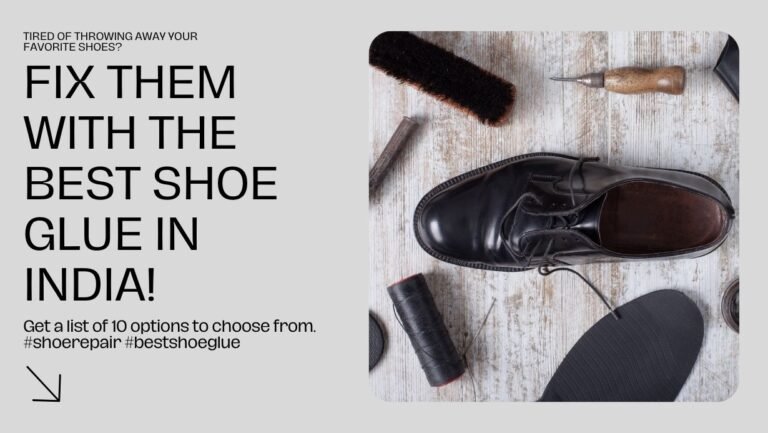Are you wondering which type of shoes is best for your foot health and active lifestyle? Running shoes and walking shoes each offer different benefits, so it’s important to consider the pros and cons before making a decision.
In this article, we’ll cover the advantages of running shoes versus walking shoes, as well as how to choose the right type of shoe and maintain them properly.
Get ready to explore and make an informed choice!
Key Takeaways
- Running shoes and walking shoes provide stability, cushioning, and motion control for the feet.
- It is important to consider foot type and activity needs when choosing the right shoe.
- Different foot types require specific shoe recommendations, such as motion control shoes for flat feet and cushioned models for high arches.
- Analyzing running or walking style and testing shoes in store can help find the perfect pair for comfort and support.
Benefits of Running Shoes
You’ll get the most out of your runs if you have a pair of running shoes! With proper shock absorption and motion control, they provide stability and cushioning to protect your feet while running.
Running shoes are designed for greater freedom of movement, helping you go further with less fatigue. You don’t need to worry about excess weight bogging you down; they promote agility on any surface, allowing you to move freely no matter the terrain.
Invest in a good pair of running shoes for better performance and protection during each run.
Benefits of Walking Shoes
Benefits of walking shoes include improved comfort and support for your feet. Sturdy soles offer stability, while cushioning levels protect against impact. Optimal arch-support helps reduce strain from long days on your feet, while breathable materials keep you cool and dry.
Plus, stylish designs can help express your own individual style and freedom! Investing in a quality pair of walking shoes can give you the confidence to explore the world with freedom and comfort.
Choosing the Right Type of Shoe
When it comes to choosing the right type of shoe for your running or walking needs, there are a few key points to consider.
Firstly, you should take note of your foot type: do you have high arches, low arches, or something in between?
Secondly, you should analyze your running or walking style: do you run with a forward lean or on your toes?
Finally, you should test out shoes in the store: walk around and feel the cushioning and support they offer.
Taking all these factors into consideration will help ensure that you find the perfect pair of shoes for your feet and activity.
Consider Your Foot Type
Consider the type of foot you have when looking at running shoes versus walking shoes. Footwear styles and materials vary, so it’s important to choose a pair that fits your needs.
For instance, if you have a wide foot, make sure the shoe has enough room to provide cushion and support. People with flat feet often benefit from motion control shoes for stability, while those with high arches may find more comfort in cushioned models.
Think freedom and select footwear that works best for you.
Analyze Your Running or Walking Style
Analyzing your running or walking style can help you determine the best type of shoes for your needs. Weight impact and terrain type are key factors that should be taken into consideration.
How do these factors affect you? Consider how quickly and heavily you land on your feet when running or walking. Are there any aches and pains afterwards?
Research different shoe types to find the best fit for your body and its movements. Give yourself freedom in motion!
Test Shoes in the Store
Try on different shoes in the store to find the perfect fit for you!
Measure your feet and compare it to the shoe size chart displayed near the shoe rack.
Test out various pairs walking around the store to observe how well they fit your foot shape.
Consider lacing them up, jumping, and jogging for a few steps too.
Make sure that each pair provides enough comfort and flexibility for your own running or walking style!
Proper Shoe Care and Maintenance
Taking care of your shoes is essential for keeping them in great condition, whether you’re a runner or a walker. Cleaning, replacing worn-out components, and making sure they remain properly fitted to your feet are all key steps in maintaining shoe durability and sole support.
To preserve their feel and performance, allow them to dry completely before storing. Replace the laces if they become frayed and clean off any dirt or debris regularly.
With proper care, your running or walking shoes will stay comfortable and supportive for many miles.
Frequently Asked Questions
How long should I wait to replace my running/walking shoes?
It depends on how much you use them. Generally, running shoes deteriorate and need replacing after 400-500 miles, while walking shoes last around 500-700 miles before needing replacing. Pay attention to signs of wear – if your shoes are feeling uncomfortable or showing signs of deterioration it’s probably time to invest in a new pair.
What are the most important factors to consider when purchasing running/walking shoes?
When selecting running or walking shoes, proper fit and foot care are key. Consider the size, shape, and structure of your feet, as well as arch support and cushioning for impact. Look for quality materials and workmanship to ensure breathability and durability. Make sure they feel comfortable before you buy.
How can I tell if the shoes I’m wearing are suitable for running/walking?
Check the foot support, sole cushioning and overall fit of your shoes. Make sure they provide proper arch support and cushioning for both running and walking. Evaluate if you feel comfortable wearing them; if not, seek out alternatives that offer more flexibility and freedom.
What type of terrain is best for running/walking?
For running, soft ground is best as it reduces the impact on your joints. For walking, hard ground is better as it gives more stability and control. Choose terrain that suits your needs to get the most out of your exercise.
Are there any special considerations I should make when running/walking in different weather conditions?
When running or walking in different weather conditions, remember to protect yourself from rain and ensure you have good road grip. Wear shoes that are comfortable and provide support for your body type. Make sure they have enough cushioning to absorb shock on hard surfaces and traction to prevent slips in wet conditions.
Conclusion
Ultimately, the choice of running shoes vs. walking shoes comes down to personal preference and lifestyle. Consider factors like comfort, support, cushioning, and durability when selecting a shoe that works for you.
It’s also essential to take care of your footwear by cleaning it regularly and storing it in a cool, dry place. With proper maintenance and the right pair of shoes, you can enjoy long-term benefits from either type of footwear.







